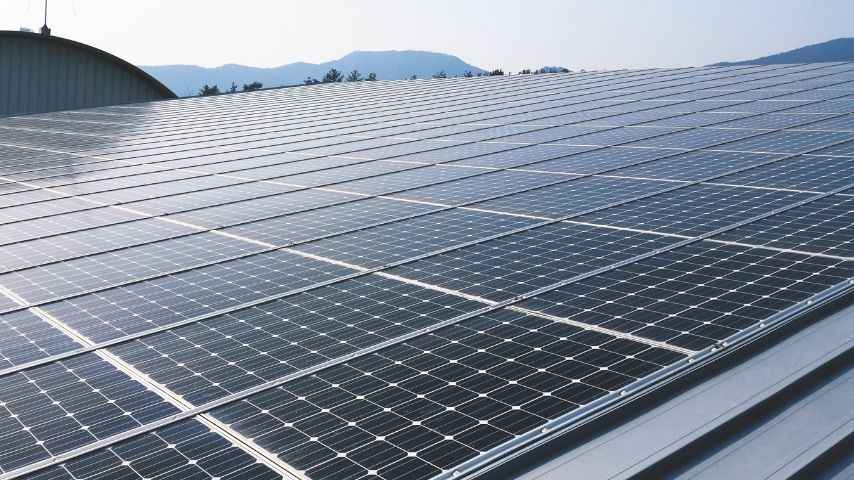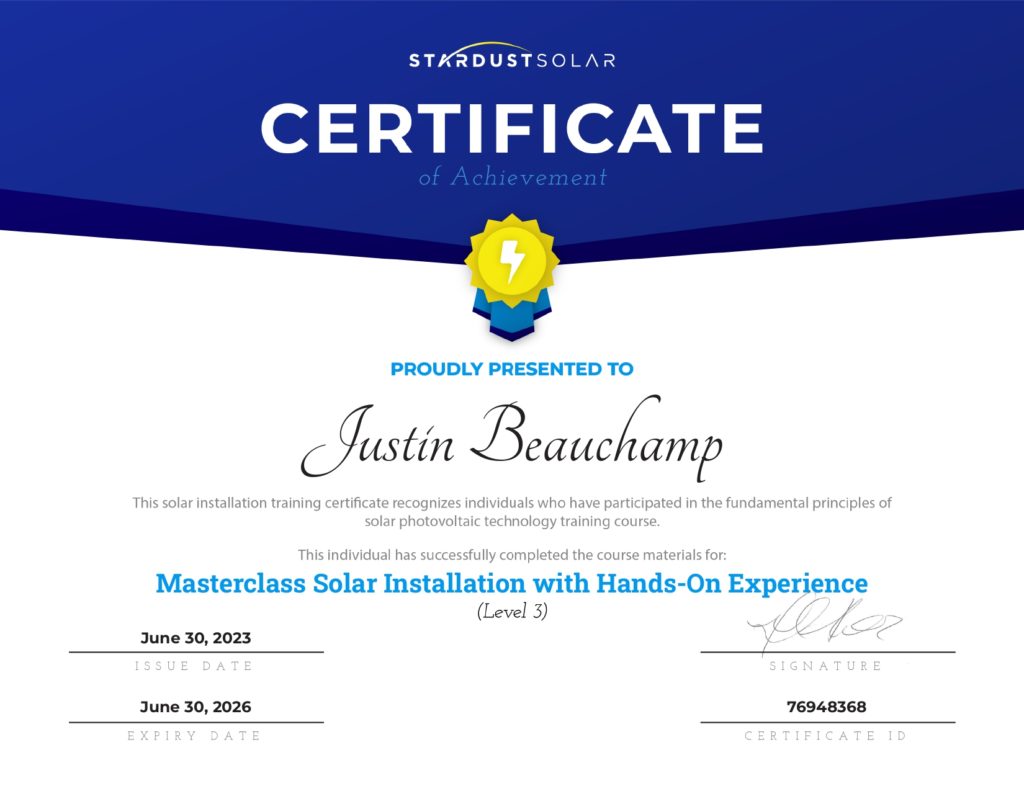How Solar Systems Meet Electricity Needs in Canadian Homes?
Canada, despite its cold winters, boasts photovoltaic (PV) viability in regions such as southern Alberta, Saskatchewan, and Ontario. According to Natural Resources Canada, the annual radiation in these areas ranges from 1,200-1,400 kWh per square meter, comparable to many parts of Europe where it is widely adopted. Rooftop solar installations in Canada have the potential to meet all the electricity needs of residential buildings and almost half of the needs of commercial and industrial buildings. According to a report from CanmetENERGY, if all suitable rooftops were equipped with solar equipment, they could generate up to 247 terawatt hours of electricity annually. This amount would cover 76% of the electricity used by both residential and commercial/industrial buildings in Canada. By switching to new solar energy system, a Canadian household reduces its carbon footprint by approximately 3-4 metric tons of CO2 annually. This reduction contributes to Canada’s broader climate goals—achieving net-zero emissions by 2050.Factors that Influence PV System Coverage
Household Energy Needs
How much energy your home needs? The average Canadian home consumes approximately 11,135 kWh of electricity per year, according to a World Metrics report. Accurately assessing your needs over the past year identifies monthly and seasonal variations in usage.Consumption of Household Appliances
| Appliance | Approximate Consumption |
| Microwave | 600-1,500W |
| Coffee Maker | 800-1,400W |
| Fridge-freezer | 200-400W |
| Washing Machine | 1,200W-3,000W |
Available Roof Area
Traditional panels measure around 1.6 square meters and generates about 300 to 400 watts of power. So, a system designed to produce 5 kW of power would require approximately 13 to 17 panels, covering an area of around 20 to 30 square meters.Optimal Panel Placement
In Canada, south-facing roofs are ideal as they take the maximum amount of sunlight throughout the day. The tilt angle of the panels should match the latitude of the location—for example, in Toronto (latitude 43.7°N), a tilt angle of around 45 degrees is optimal.Installation Costs
Installation includes the rate of solar panels, inverters, batteries, mounting hardware, and labour. On average, a residential solar system in Canada costs $2.50 to $3.50 per watt. Therefore, a 5 kW system could cost between $12,500 and $17,500 before incentives.System Sizing
To determine the appropriate system size, homeowners can use the formula: System Size (kW)= Annual Electricity Consumption (kWh)Average Annual Solar Irradiance (kWh/m2) \timesSystem Efficiency Assuming an average irradiance of 1,300 kWh/m²/year and a system efficiency of 15%, a typical home would require approximately: 11,315 kWh1,300 kWh/m20.155.7 kWHow to Achieve 24-Hour Power with PV Systems
Net-Metering
Net-metering is a billing arrangement that allows owners to use the grid as a backup power source while receiving credits for excess electricity from their panels. When a system produces more electricity than the household consumes, the surplus (measured by a bi-directional meter) is fed back into the utility grid.What are the Benefits?
- Reduces costs by drawing from the grid during periods of low production and using the credits earned from excess production to offset these costs.
- Ensures a continuous power supply as the grid acts as a backup during times when renewable generation is insufficient, such as during nighttime or cloudy days.
Regional Variations and Policies
| Ontario | Offers a Net Metering Program under the Ontario Energy Board offsetting their electricity consumption with credits at a 1:1 ratio. |
| Alberta | Provides net metering through its utility providers, with regulations ensuring fair credit for excess power. |
Battery Backup Systems
Battery backup systems from solar companies achieve true 24-hour power independence by storing extra resource during sunny periods for use when sunlight is not available.Lithium-Ion Batteries
Known for their high energy density, longer lifespan (approximately 10-15 years), and minimal maintenance. They are used in residential systems.- These have a depth of discharge (DoD) of 80-90%, meaning they can be discharged up to 80-90% of their total capacity without affecting their lifespan.
Lead-Acid Batteries
More traditional and less expensive than lithium-ion batteries. They have a shorter lifespan (about 5-7 years) and lower energy density.- These have a DoD of 50%, meaning they should not be discharged more than 50% of their capacity to ensure longevity.
Capacity and Duration
A standard lithium-ion battery used in residential systems has a capacity of 10-15 kWh.- Assuming a household consumes 30 kWh per day, a single battery would provide electric current for about 1/3 of the day, or approximately 8 hours, before needing to be recharged.
- For instance, a system with a 30 kWh battery bank could theoretically provide electric current for an entire day, assuming no additional input.
Example Calculation
Assume a household with an average daily consumption of 25 kWh and a battery system with a total capacity of 30 kWh. If the batteries are fully charged, you can provide power for up to: Duration=Battery Capacity (kWh)Daily Consumption (kWh/day)24 hours Duration=30 kWh25 kWh/day24 hours28.8 hoursMost Efficient Panels for Maximum Solar Power
Besides monocrystalline panels and polycrystalline panels, below are ideal panels for maximum generation.Longi LR5-54HPB-405 Mono Black 54-Cell Module
This module stands out for its impressive performance metrics—with a power tolerance of 0 to 3%. It efficiently converts sunlight into electric current and ensures consistent output.Durability in Harsh Environments
The module is resistant to Potential Induced Degradation (PID), salt mist, and ammonia, making it suitable for harsh environmental conditions.Low Light Performance and Temperature Efficiency
It excels in low light conditions, maintaining an average efficiency of 97.5% or better at 200W/m². Ensuring continuity to generate electricity even during cloudy days or early mornings. Also, it operates at lower temperatures, reducing the risk of hot spots and ensuring optimal performance throughout its lifespan.Specifications
| Module Type | Mono Black 54-Cell |
| Power Tolerance | 0 to 3% |
| Efficiency at Low Light (200W/m²) | 97.5% or better |
| Resistance | PID, salt mist, ammonia |
| Technology | Low LID Mono PERC |
Q Cells 480 Watt Q.Peak Duo XL-G10.3 78 Cell Solar Panels
ANTUM DUO Z Technology achieve a module efficiency of 21.6%. Resulting to greater electricity generation from the same surface area and allows homeowners/businesses to maximize production and reduce costs.Robust Design for Extreme Conditions
Feature an alloy frame certified to handle heavy snow of up to 5400Pa and strong wind loads of up to 3000Pa. Ensuring they remain intact and operational even in harsh climates, while providing resource generation year-round.Specifications
| Module Type | Q.Peak Duo XL-G10.3 78 Cell |
| Power Output | 480 Watts |
| Module Efficiency | 21.6% |
| Technology | ANTUM DUO Z Technology |
| Frame | High-tech aluminum alloy |
| Certified Load | 5400Pa (snow), 3000Pa (wind) |

Have Significant Savings with PV Installation
Powering your home with a solar energy system alone is feasible but comes with meticulous energy usage analysis, high-quality panels, and efficient system setup. With high-energy-efficiency panels, homeowners can generate ample electricity to meet their daily needs. Thanks to advanced solar solutions, integrating battery backup systems and leveraging net metering policies can help provide continuous electricity supply. The right solar panel installation company, like MAG Solar, can help your achieve independence, lessen your carbon footprint, and cut down on energy bills.Frequently Asked Questions
Are there government incentives offered for installing solar panels?
Yes, there are various government incentives available to encourage the adoption of clean resource. For instance is the Solar Offset program, a local incentive for homeowners and landlords in Alberta. Such program helps homeowners reduce their electricity bills by solar panel installations and selling any excess solar energy they generate back to the grid.
What happens to system panels during a power outage?
During such an event, standard grid-tied solar panel technology will shut down for safety reasons to prevent backfeeding electricity into the grid, which could endanger utility workers. However, PV systems with battery backup can continue to provide electricity during an outage.
The battery storage system will supply electricity to your home, ensuring that appliances and devices remain operational until grid power is restored.
What is the return on investment (ROI) for a solar system?
The return on investment (ROI) for a system depends on various factors, including the rising energy costs, local electricity rates, available incentives, and consumption patterns of solar energy production. On average, homeowners expect to see a payback period of 5 to 10 years, with savings on electricity bills over the system’s 25 to 30-year lifespan.

